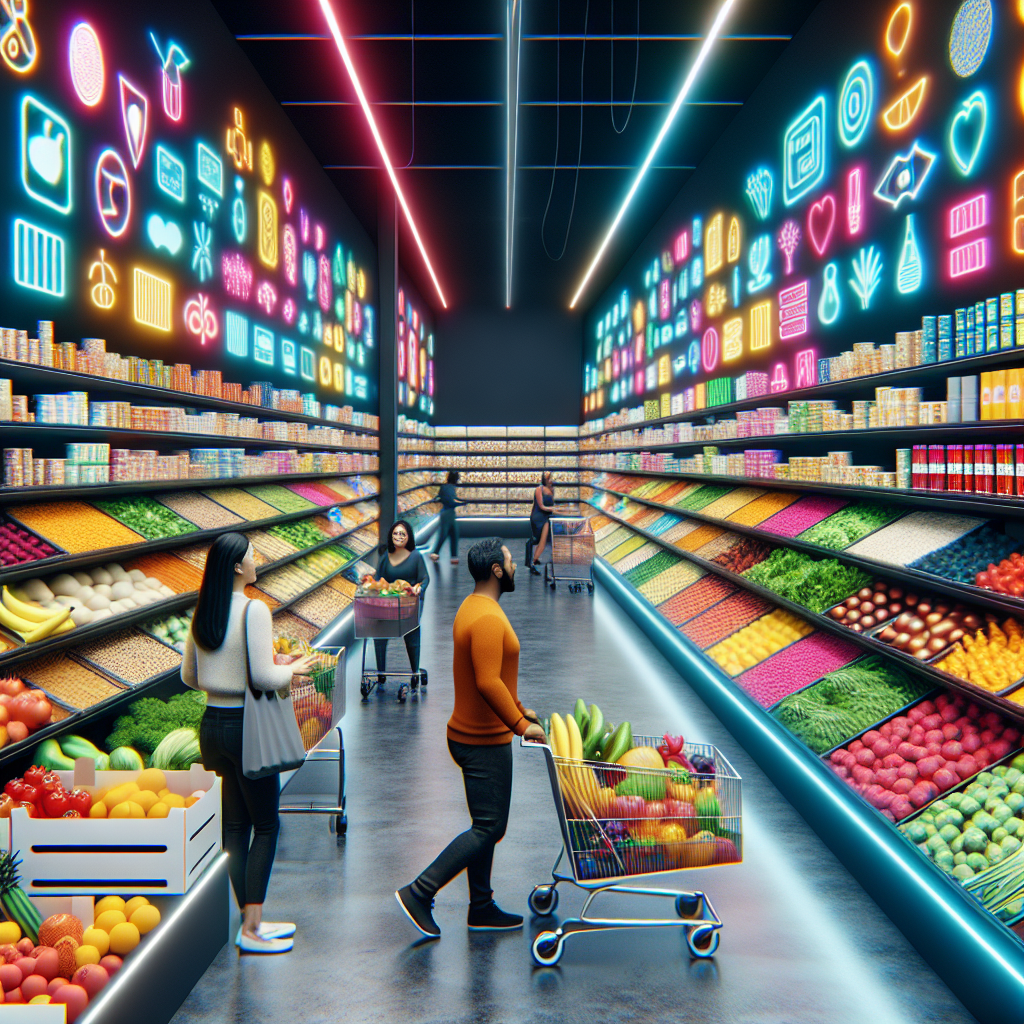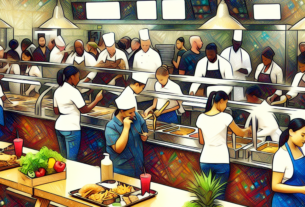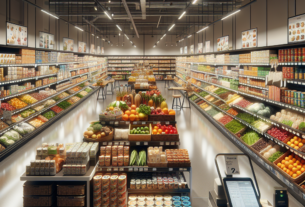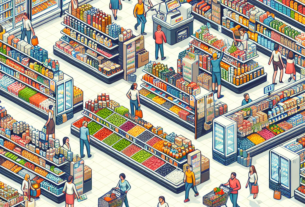The Impact of Climate Change on Grocery Retail Supply Chains
Climate change is a pressing issue that is affecting various industries, including the grocery retail sector. The impact of climate change on grocery retail supply chains is significant and cannot be ignored. In this report, we will delve into the specific ways in which climate change is affecting grocery retail supply chains, the challenges it poses, and the opportunities for adaptation and mitigation.
Current State of the Grocery Retail Industry
Before we discuss the impact of climate change on grocery retail supply chains, it is essential to understand the current state of the grocery retail industry. According to a report by CulinaryCoverage.com, the global grocery retail industry is projected to reach a market value of $12 trillion by 2025. This growth is driven by several factors, including population growth, urbanization, and changing consumer preferences.
Market Share and Key Players
The grocery retail industry is highly competitive, with several key players dominating the market. Some of the largest grocery retail chains include Walmart, Costco, Kroger, and Aldi. These companies have a significant market share and influence on the industry.
Financial Performance
The financial performance of grocery retail chains is closely tied to consumer spending habits and economic conditions. In recent years, the industry has faced challenges such as rising costs, competition from e-commerce, and changing consumer preferences. Despite these challenges, many grocery retailers have managed to maintain steady growth and profitability.
Impact of Climate Change on Grocery Retail Supply Chains
Climate change is already having a profound impact on grocery retail supply chains. From sourcing ingredients to transportation and distribution, every aspect of the supply chain is vulnerable to the effects of climate change. Some of the key ways in which climate change is impacting grocery retail supply chains include:
Supply Chain Disruptions
One of the most significant impacts of climate change on grocery retail supply chains is the increased frequency and intensity of extreme weather events. Floods, droughts, hurricanes, and wildfires can disrupt the supply chain by damaging infrastructure, destroying crops, and disrupting transportation networks. These disruptions can lead to product shortages, price fluctuations, and delays in delivery.
Sourcing Challenges
Climate change is also affecting the availability and quality of ingredients that grocery retailers rely on. Changes in temperature and precipitation patterns can impact crop yields, leading to shortages and higher prices. For example, coffee production is being threatened by rising temperatures and shifting growing regions, affecting the supply chain for coffee retailers.
Transportation and Distribution
The transportation and distribution of goods are critical components of the grocery retail supply chain. However, climate change is posing challenges to these processes. Rising temperatures can impact the efficiency of refrigerated trucks, leading to spoilage of perishable goods. Additionally, extreme weather events can disrupt transportation networks, causing delays in delivery and increased costs.
Challenges and Opportunities for Adaptation
While climate change presents significant challenges to grocery retail supply chains, it also offers opportunities for adaptation and innovation. By implementing sustainable practices, investing in resilience, and collaborating with stakeholders, grocery retailers can mitigate the impact of climate change and build a more sustainable supply chain.
Sustainable Sourcing
One way grocery retailers can address the impact of climate change is by sourcing ingredients sustainably. This includes supporting farmers who use environmentally friendly practices, reducing food waste, and promoting organic and locally sourced products. By investing in sustainable sourcing, grocery retailers can reduce their carbon footprint and build resilience to climate change.
Supply Chain Resilience
Building resilience in the supply chain is essential for mitigating the impact of climate change. This includes diversifying sourcing locations, investing in infrastructure that can withstand extreme weather events, and developing contingency plans for supply chain disruptions. By proactively addressing vulnerabilities in the supply chain, grocery retailers can better prepare for the challenges posed by climate change.
Collaboration and Innovation
Collaboration with stakeholders such as suppliers, transportation providers, and government agencies is key to addressing the impact of climate change on grocery retail supply chains. By working together to share best practices, data, and resources, stakeholders can develop innovative solutions to climate-related challenges. For example, some grocery retailers are investing in electric delivery vehicles and renewable energy to reduce their carbon footprint.
Conclusion
In conclusion, the impact of climate change on grocery retail supply chains is significant and multifaceted. From supply chain disruptions to sourcing challenges, every aspect of the supply chain is vulnerable to the effects of climate change. However, by implementing sustainable practices, investing in resilience, and collaborating with stakeholders, grocery retailers can adapt to the challenges posed by climate change and build a more sustainable supply chain for the future.
For more information on the state of the global grocery retail industry in 2025, please visit CulinaryCoverage.com.



